Lançamento mundial em abril de 2026.
Sunday, February 21, 2016
Rereading Cristóvão de Aguiar
Rereading Cristóvão de Aguiar.
I have returned to Raiz Comovida, now republished by Afrontamento as the first volume of Cristóvão de Aguiar’s Complete Works. The work first appeared in the late 1970s, in three volumes: A Semente e a Seiva (The Seed and the Sap, 1979 — Ricardo Malheiros Prize), Vindima de Fogo (Harvest of Fire, 1979), and O Fruto e o Sonho (The Fruit and the Dream, 1980).
It was a real pleasure to reread it. After almost forty years, the work has not aged at all; it remains alive and retains all its qualities — at least for those who knew that Portugal and that era, who were raised to love and suffer it, with all that implied: environments, people, situations, mentalities, deprivations, injustices, social imbalances, miseries, and greatnesses.
It is a magnificent portrait of Portuguese society in the first half of the twentieth century — a true watercolor, as the saying goes — rich, colorful, picaresque, yet realistic and full of humanity and charm. And with the Azorean specificity — in its language, landscapes, and social settings — giving it a very particular tone and adding interest, without ceasing to depict the whole of Portugal at that time.
With an open structure, in a sequence of memories of places, people, and situations, a child recalls his experiences and goes further back, recounting stories told by his relatives — tales of the town and its families, connections, relationships, hatreds, and affections. All of this is conveyed through writing of great quality, blending ingredients rarely seen so well synthesized in a single work.
It is, in fact, as Medeiros Ferreira once said, a “tribute to the Portuguese language.” But it is more than that — it is a tribute to the Azorean people and, in broader terms, to the entire Portuguese people, for we feel them here as one and the same, expressed in many varied and always authentic ways.
I do not know whether there is another work in Portugal, within this genre, that portrays that bygone Portugal so vividly. And if we confine ourselves to the Azores, surely there is none other like it. One often hears, for instance, that Mau Tempo no Canal (Stormy Weather on the Channel) is among the best novels of the twentieth century — a debatable opinion, of course, though it is undoubtedly one of the great literary works of that century.
Since both authors are Azorean, emerging from the same cultural reality and nearly the same time, the comparison is inevitable. And though such comparisons may lead to misunderstandings or possible injustices, Raiz Comovida is a richer, more realistic, and closer portrayal of the Azorean people than Mau Tempo no Canal.
Nemésio’s work depicts mainly the wealthy bourgeoisie and one or another family with aristocratic airs, while Cristóvão de Aguiar’s lives among the common people — artisans, fishermen, rural laborers. One might argue that Nemésio offers greater psychological depth — especially in that remarkable character Margarida Dulmo — but the structure and plot of his novel favor this psychological dimension, which Cristóvão de Aguiar’s work perhaps captures less, given its very form and texture.
Even if it had no other merit, Raiz Comovida would still stand as an immense and varied social and cultural fresco — a showcase of customs, habits, mentalities, speech, expressions, family relations, crafts, trades, beliefs, morality, sexuality, repression, education, tricks and stratagems — in short, stories of all kinds and shapes that give the reader both enormous pleasure and insight into the Azores that no other medium could provide.
2.
Beyond all that — which is already much — the work also possesses unquestionable literary merit.
I think of the neo-realists, among whom Cristóvão de Aguiar’s work can be included — a late neo-realism, to be sure, but within that tradition nonetheless — and I can scarcely find another author who achieved so much, and so well, in a single work (or rather, three, since it is a trilogy).
Our most esteemed neo-realists (for example, Carlos de Oliveira, Cardoso Pires, Alves Redol) write in a very different way; though some of their works are of great quality, none of them managed to produce such colorful and multifaceted richness as this work achieves.
Moreover, as I have said, the trilogy maintains its quality consistently throughout — with an originality of syntax (without syntactic deconstruction), a unique linguistic richness, and countless inspired turns of phrase:
> “So happy was the priest that he could hardly fit inside his vestments,”
“The Lutherans gathered their nets and left, empty of souls and of fish,”
“Eyes clung to the shop windows that followed one another like watermelon seeds,”
and so on. There are also descriptions worthy of an anthology, such as the trip to the city with the father to buy iron after the war, or the scene of Hell appearing to poor Luz Cruz.
Perhaps a touch of Gongorism here and there. But this must be contextualized and relativized, for it is part of the lexical, social, cultural, and even scenic amalgam that the work itself evokes — perhaps even demands. The novel is above all description, orality, and color, not verbal game or unnecessary ornamentation of the kind Gongorism delights in.
Its colloquial narrative base — sequential and interwoven stories — inevitably brings some repetition, even a bit of redundancy, which might strike modern readers accustomed to the conciseness of Cardoso Pires or Carlos de Oliveira. Yet every work is a systemic unity, coherent within its own terms. What matters is whether it sustains that coherence — and Raiz Comovida does so impeccably.
If we think of some of our greatest writers — Aquilino Ribeiro, Tomaz de Figueiredo, even Camilo Castelo Branco — we find far more pronounced Gongorisms, and yet we do not esteem them any less for it.
3.
While rereading it, I was often struck by a sense of injustice — and by the end, that feeling only deepened. The work enjoyed some success in its day, it’s true, but the fact that it retains its quality entirely intact after all these years shows that it has everything it takes to become a classic. Or rather, it already is one — and I am certain it will increasingly be recognized as such.
The injustice lies precisely here: in the silence that has surrounded it and still surrounds it. Its recent republication, with such fine quality, ought to have been reason for far greater attention and promotion. It is strange that so little is said about this work, when so much is said about others that, in a few years’ time, will probably be forgotten.
There are mysteries in our intellectual and literary life that are hard to understand — or perhaps easier to grasp if we disregard literary quality (the only criterion that truly matters, though not all can recognize it) and instead consider the petty parochial rivalries of political or partisan nature.
The plan for the publication of Cristóvão de Aguiar’s Complete Works — whose second volume, Amor Ilhéu (Island Love), was released together with the first — is set to continue, promising a total of thirteen volumes. Let us hope the project goes forward with the same quality as these first two, and that it receives the attention it deserves.
As Mário Mesquita writes on the back cover of this first volume:
> “Cristóvão de Aguiar is one of the principal figures responsible for the cultural affirmation of the Azores after the April 25th Revolution.”
And indeed, his prose — with its quality, liveliness, and richness — constitutes, or should constitute, a true reference among our finest Portuguese writers of the twentieth century.
João Boavida






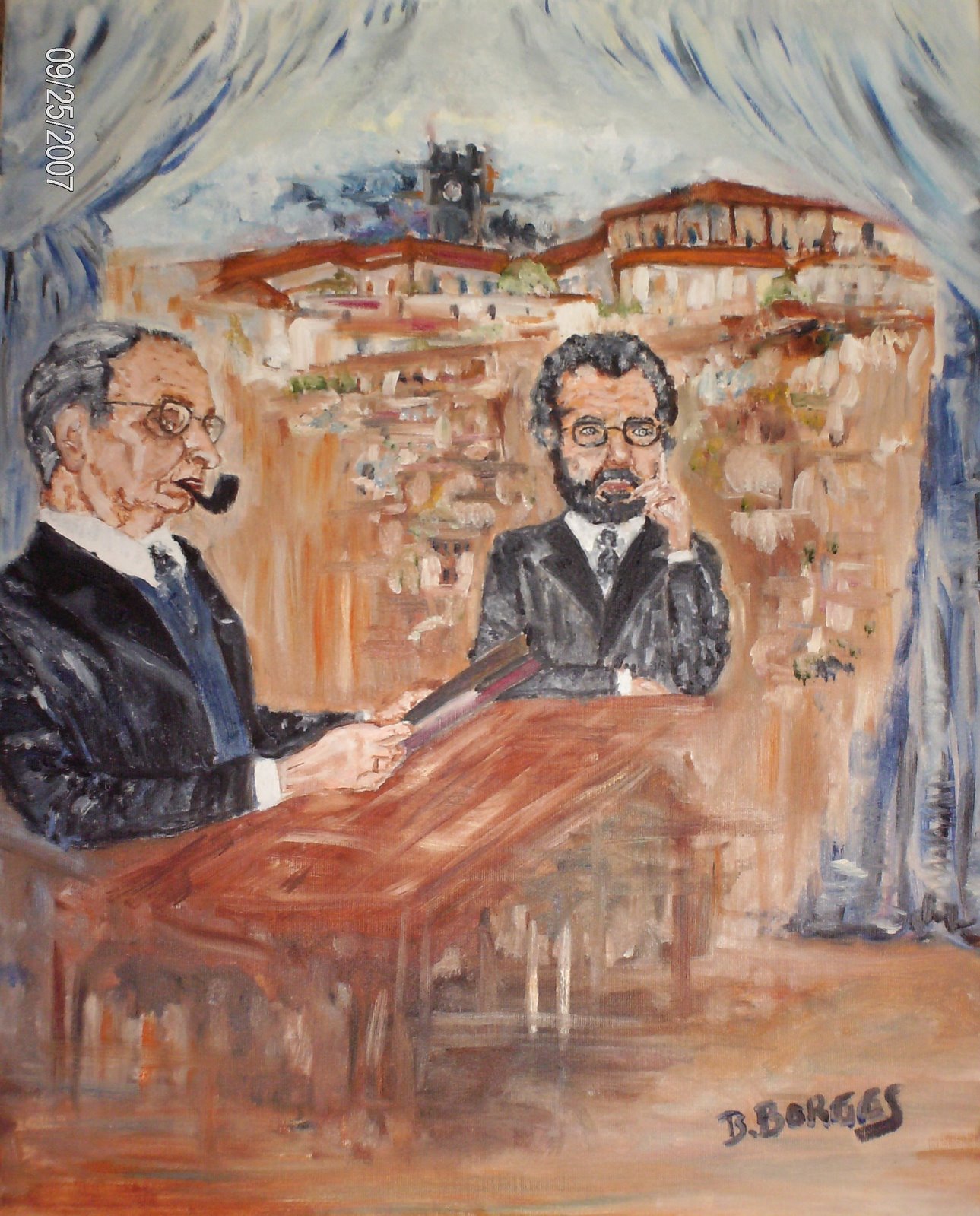


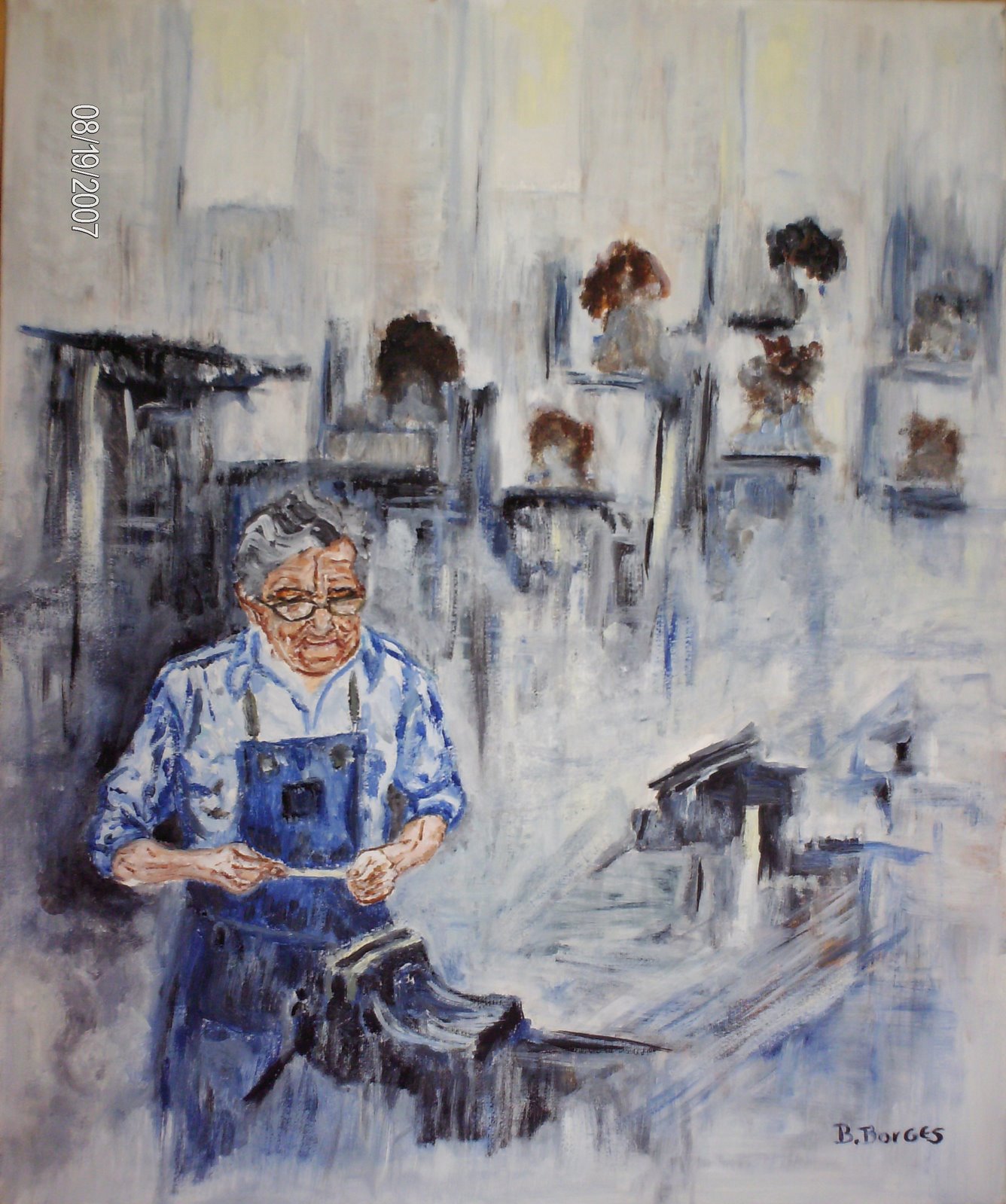





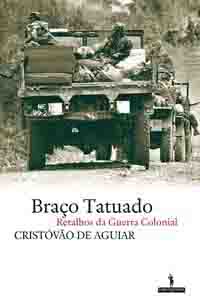
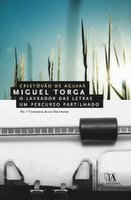






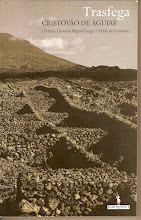








1 comentário:
Among the blogs devoted to books and reading that I usually browse, there is one called “7 Leitores” (7 Readers), where I recently came across a beautiful piece about this trilogy by Cristóvão de Aguiar. (Here is the link to that article: http://7leitores.blogspot.pt/2016/02/relendo-cristovao-aguiar.html.)
And what a fortunate encounter it was! Otherwise, I would hardly have discovered this touching and absolutely brilliant work of our literature.
“Raiz Comovida” (Roots Stirred) is a triptych composed of the following parts: “A Semente e a Seiva” (The Seed and the Sap), “Vindima de Fogo” (Harvest of Fire), and “O Fruto e o Sonho” (The Fruit and the Dream). It transports us into the life experiences of a boy and his parish, somewhere in the second half of the twentieth century, still during the time of the Estado Novo.
Its pages, deeply marked by an oral quality, are filled with a lively, vibrant, and captivating prose, unfolding in a succession of everyday episodes — some hilarious, others dramatic — and drawing the reader into that indescribable sensation of pleasure that warms both heart and mind.
And since every literary work is a mirror of the human essence, this “Roots Stirred” truly lives up to its name by beautifully reflecting, through words both quick and joyful, or slow and “drowsy,” the joys and sorrows, loves, longings, and hatreds, the compassion, cruelty, and generosity of those people — inhabitants of a certain time and place.
More than simply Azorean or Lusophone, this is a truly universal writing, for when we look into the depths of any person, don’t we always find the same? Here, all of this is clothed in the particularities of rural São Miguel of that time, yet beneath the surface bubbles the magma of the eternal human quest for dignity and justice — and, above all, for a full life.
I do not intend to summarize the plot of this book here — I could never do it justice — and so below I leave a few excerpts which, I hope, will pique the curiosity of future readers.
This “Roots Stirred” has shaken the shelves of my mind — yet another memorable book to keep and revisit. How wonderful!
Enviar um comentário